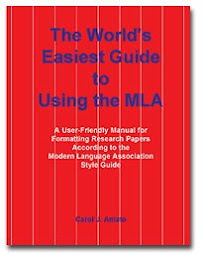A Five-part Series by Carol J. Amato
5. Compare the cost per unit at the schools you research. While price alone shouldn’t be the deciding criterion for selecting a school, determine whether the pricing structure is out of line from the average costs.
6. Read the fine print of any contracts you have to sign. You don’t want to find out after the fact that you’ve made commitments that you don’t want to keep.
7. Understand that most financial aid needs to be paid back. The advantage of borrowing from government-provided student loans is that you won’t have to begin making payments until you have finished your degree, but you WILL have to pay it back. Don’t let the enrollment advisors mislead you on this.
Also be aware that if you drop out, your financial aid will become due and payable immediately—whether or not you have finished the class. Be sure you understand thoroughly all the terms and conditions of your financial aid contracts.
Before signing up for financial aid, check with someone else who already has a loan to find out the pros and cons.
8. Check the school website to see which of your previous classes will transfer to the school of your choice. Many schools list on their websites the courses for which they will accept credit. Often, these listings are only for other colleges in the area, however. Be sure to see if any AP classes you took in high school will transfer.
Stay tuned for Part 3....
Welcome!
Writing well is critical not only to your college career but to your future in your professional career. If you are a lower-division student who wants to do the best job possible on your class papers without tearing your hair out, you've come to the right place. This blog will answer your questions and show you user-friendly ways to produce writing that will impress your professors.
Thursday, June 25, 2009
Subscribe to:
Post Comments (Atom)



No comments:
Post a Comment